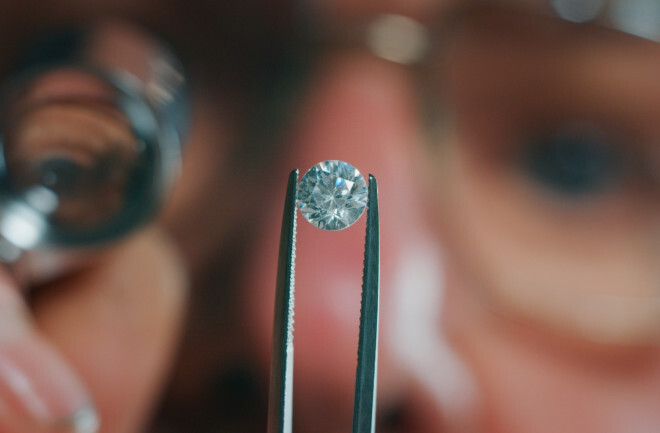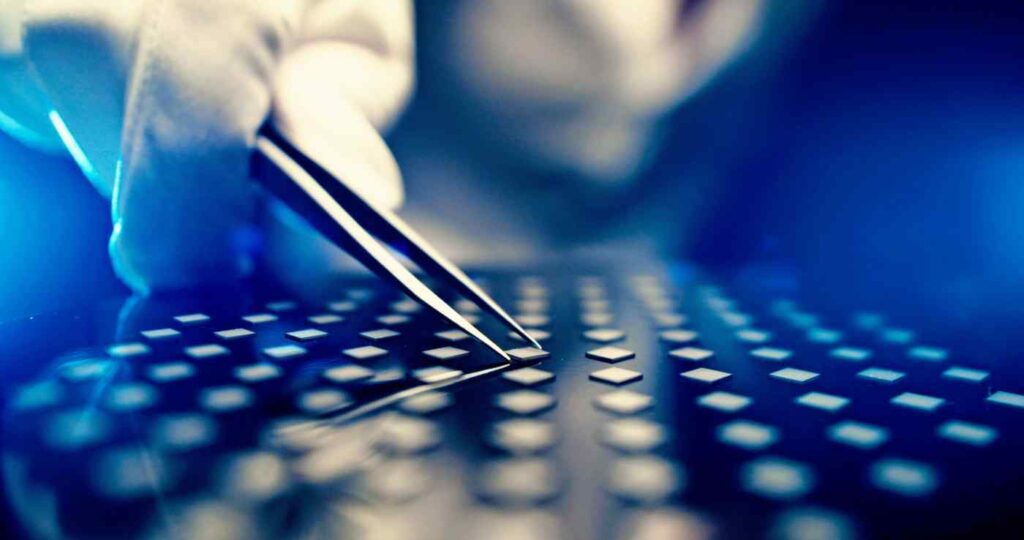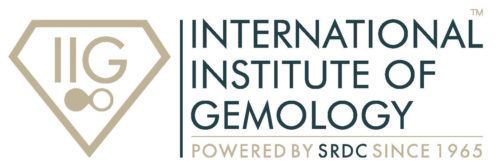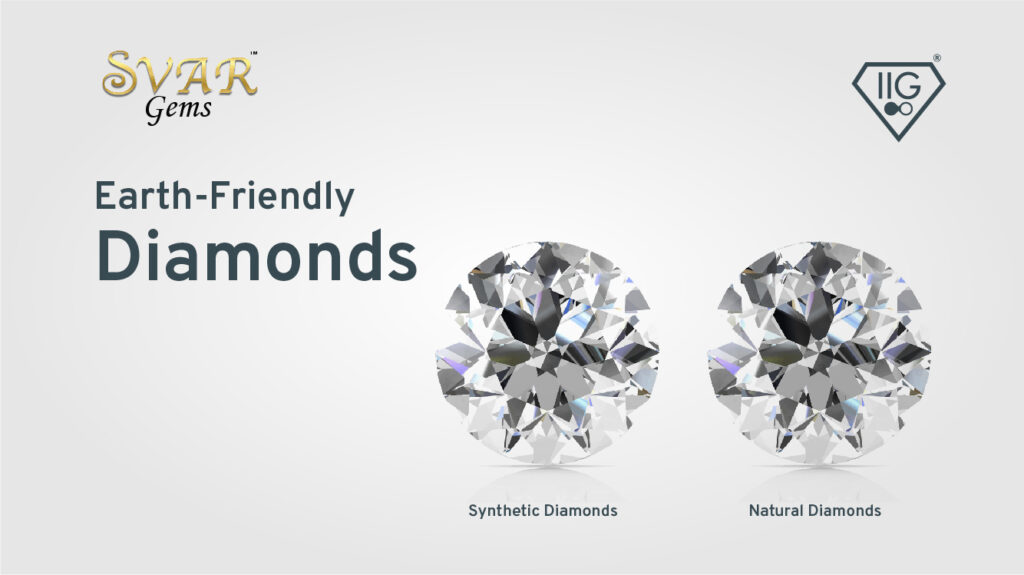|
Getting your Trinity Audio player ready...
|
#SVARCREATEDDIAMOND
With over 20 years of experience in the field of Gems & Jewellery, Mr. Rajendra Jain leads his SVAR Group of companies, and one of its branches is SVAR Gems. Following their value ‘We Do not Just Supply Gems But Bring Innovative & Creative Solutions for the Customers’, SVAR Gems brings a variety of offerings from, lab-grown diamonds, natural gemstones, to cubic zirconia and jewellery application technology. Their mission is to revolutionise the industry and to be a pioneer in offering creative & customised solutions to the customers.

Lab-grown diamond also referred to as synthetic diamond, laboratory-created diamond, manufactured diamond, and man-made diamond- is a diamond that is produced by a manufacturing process, as contrasted with natural diamond created by geological processes and extracted by mining.
Lab-grown diamonds are chemically and physically no different from natural diamonds. They should not be confused with diamond simulant, which is made of non-diamond material. Lab-grown diamonds are the same material as natural diamonds: pure carbon, crystallized in an isotropic 3D form.
There are several methods used to produce synthetic diamonds. The original method uses high pressure and high temperature (HPHT) and is still widely used because of its relatively low cost. The process involves large presses that can weigh hundreds of tons to produce a pressure of 5 GPa at 1500 °C. The second method, using chemical vapor deposition (CVD), creates carbon plasma over a substrate onto which the carbon atoms deposit to form diamond. Other methods include explosive formation (forming detonation nanodiamonds) and sonication of graphite solutions.
Lab-grown diamonds have entered the market on a massive level, once used only in machinery and even for cutting natural diamonds but today the technology has managed to make gem quality lab-grown diamonds that can be used in jewellery itself. Lab-grown diamonds are available in almost every colour possible in a wide range of sizes. Lab-grown diamonds are made in a closed secure area with least possible harm to the environment as compared to mining diamonds. The stark difference between natural diamond and lab-grown diamond manufacturing was studied by an international firm Frost & Sullivan.

They reported that, one of the biggest areas where mined and lab-grown diamonds differ is in their water usage. A mined diamond consumes more than 126 gallons of water per carat. Lab-grown diamonds, on the other hand, consume just 18 gallons. Mined diamonds also result in “constant discharge of wastewater and pollutants in surface water bodies.”
When it comes to energy, mined diamonds use 538.5 million joules per carat, while grown ones use 250 million. And the energy consumed by lab-grown diamonds is also renewable.
The difference in carbon emissions on lab-grown and mined diamonds is staggering. While a traditionally mined diamond produces more than 125 pounds of carbon for every single carat, man-made diamonds emit just 6 pounds of carbon which is a mere 4.8% of what mined diamonds produce. Studies and developments have happened to reduce the carbon emissions in natural diamond mining but it is still a huge gap to cover. Mined diamonds also produce more than 30 pounds of Sulphur oxide, while lab-grown diamonds produce none. In total, air emissions on a single carat of mined diamond are 1.5 billion times higher than those of a lab-grown one.
For every carat of diamond that is mined via traditional methods, report stated that nearly 100 square feet of land is disturbed and more than 5,798 pounds of mineral waste is created. The mining also offsets delicate biodiversity balances and renders the land unusable even after the mining activities have ceased. By comparison, lab-grown diamonds disrupt just 0.07 square feet of land per carat and only 1 pound of mineral waste.
The youth is embracing everyday-sustainable options, the idea of accepting an ‘environment-friendly’ lifestyle is becoming highly appreciable there is a shift in how people eat, shop, travel, and even invest which leads to a massive impact on a societal level and this has led to an unsaid movement to collectively deal with the environmental crisis. And in regards to jewellery industry, lab-grown diamonds are a rapidly growing trend. Young diamond-buyers are drawn to them for environmental reasons, transparency and even prices. This segment of the market is increasing by 15% to 20% annually, according to the AWDC report. The growth is expected to continue as more jewellers start to sell lab-grown diamonds.
Lab-grown diamonds though a newer option for jewellery lovers, they do not seem to take over any other jewellery segment, lab-grown diamonds are their own new segment, and they are here to create their own niche, their own market. Soon there will come a time when a jewellery collector will opt for lab-grown diamond for an occasion and natural diamond jewellery for another.
One of the best examples to show the wide acceptance of lab-grown diamond is Leonardo DiCaprio. He has become one of the biggest investors in the synthetic jewellery industry. DiCaprio is a vocal advocate for ethically sourced stones. In 2015, he invested in Diamond Foundry Inc., a San Francisco-based company that uses solar technology to produce lab-grown diamonds.
There is no denial buying a natural diamond is about their emotional
resonance and lab-grown diamond is about sustainability, & for both these reasons jewellers will continue to sell them, both lab-grown and mined diamonds!

